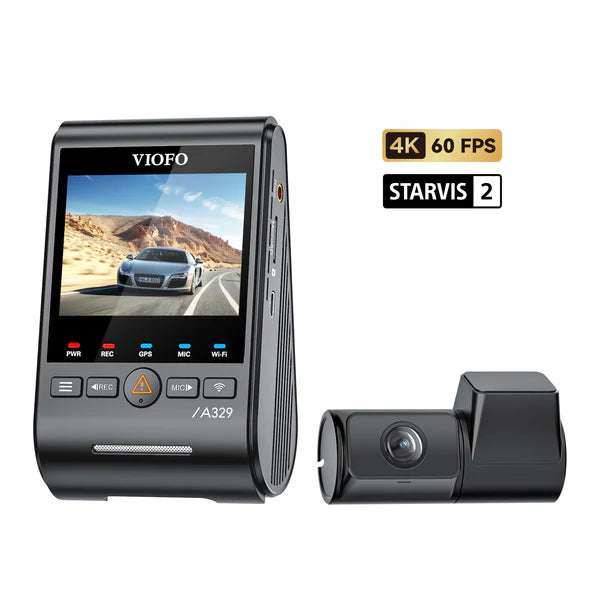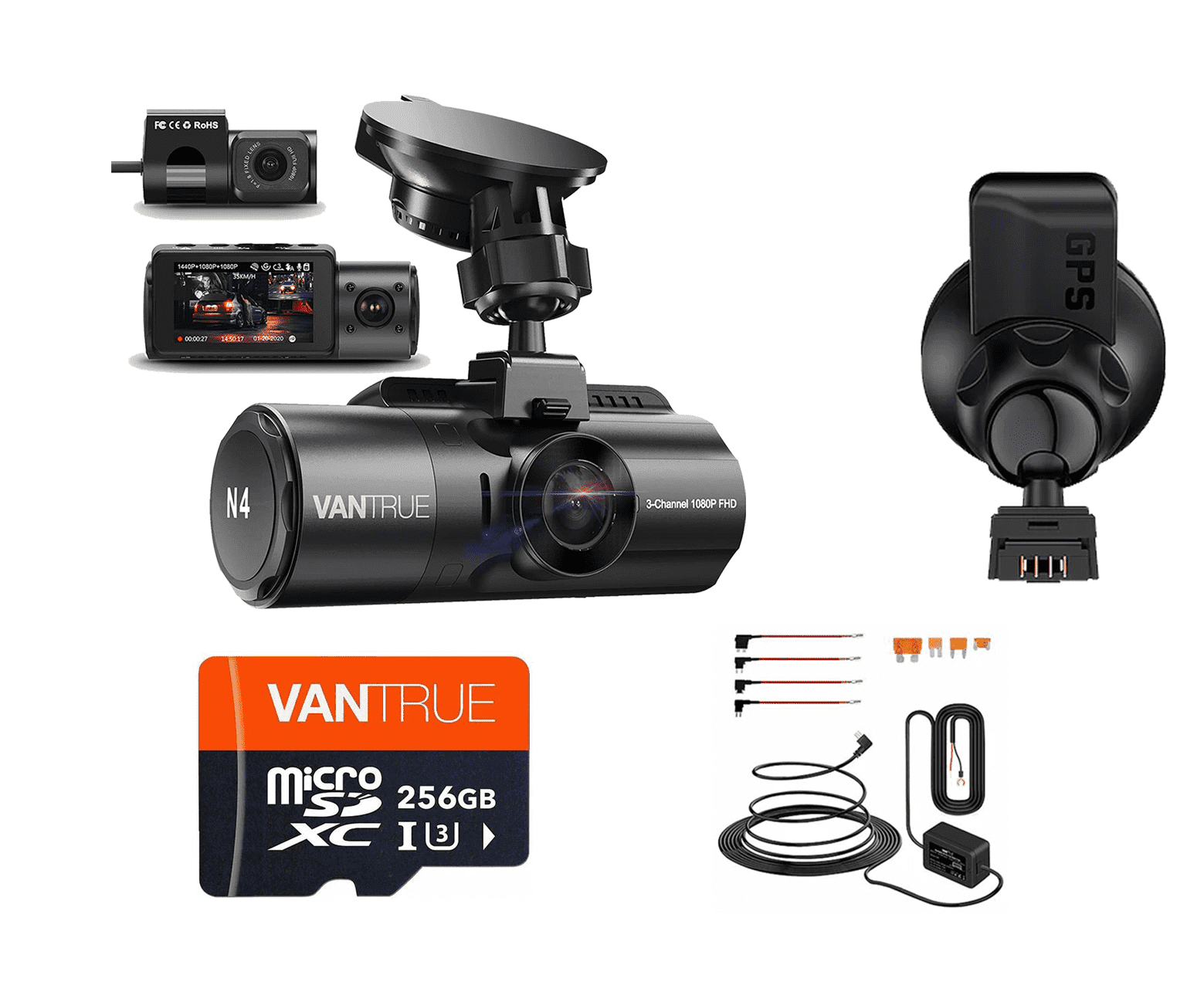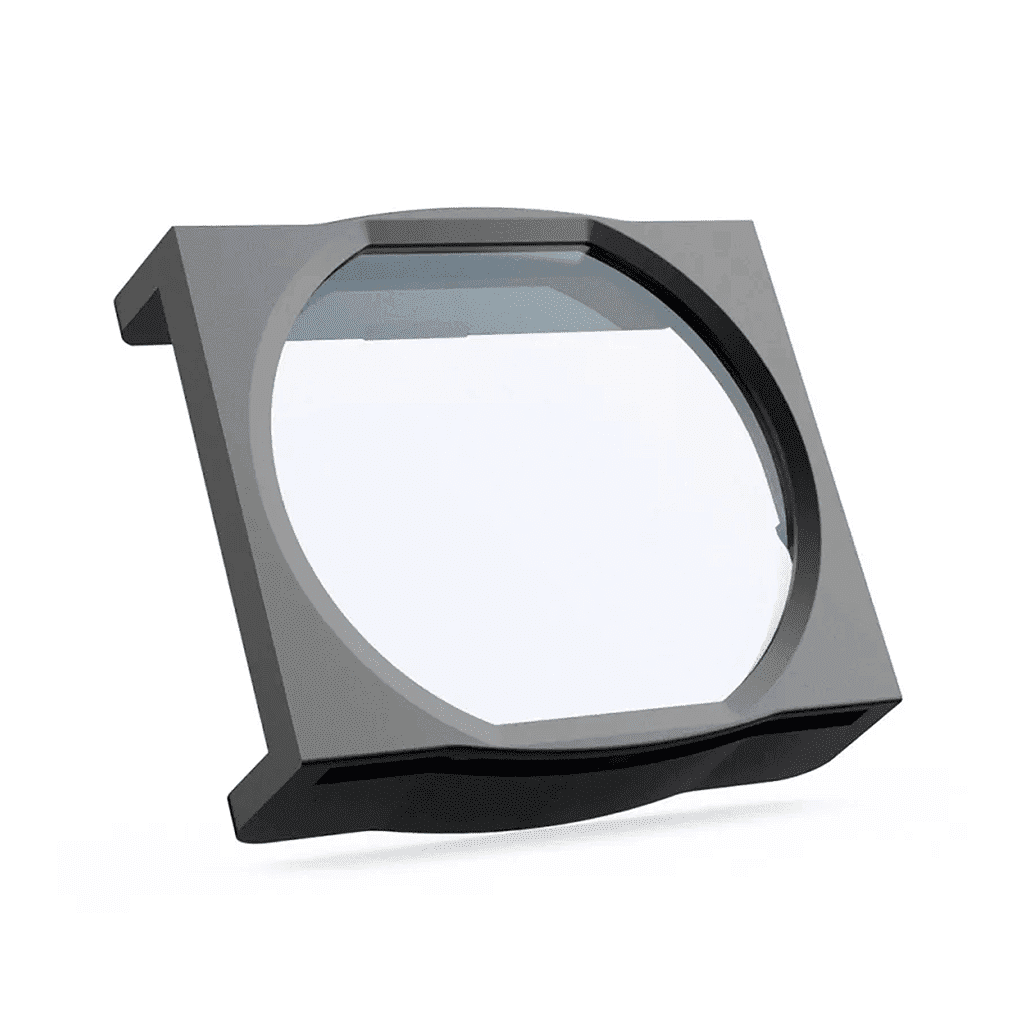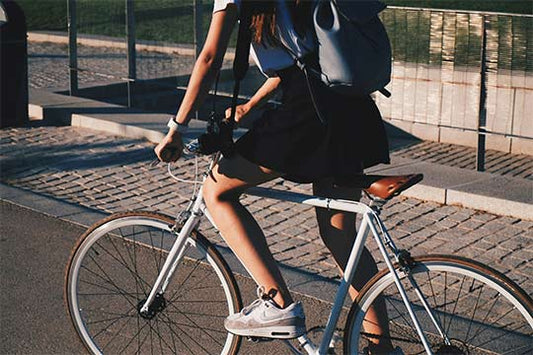Which dashcam should I buy: What do I need to consider?
Do you know that uneasy feeling when something unexpected suddenly happens in traffic? An accident, an unclear situation - and it's one person's word against another's. A dashcam can be your reliable witness in such moments. It documents what's happening and, in case of doubt, provides tangible evidence. But which dashcam is the right one for you? The market is full of offers and the decision is not easy. This article will help you keep track and find the perfect dashcam for your needs. We'll show you what really matters so that you can travel safely and relaxed.
Are dashcams even allowed in Germany?
In 2018, the Federal Court of Justice ruled that dashcam recordings can generally be used in court. However, this does not mean that they are automatically accepted as evidence. Ultimately, the judge decides on a case-by-case basis whether to allow the recordings. Data protection plays a major role in this.
The problem with continuous filming is that you inadvertently record strangers without their consent. If such recordings are published, it violates the right to self-determination and is therefore punishable.
But: Most dashcams sold in Germany solve this problem with what is known as "loop recording". This means that the camera records continuously, but the oldest recordings are automatically overwritten. Only when an accident or a similar situation is detected by the camera's G-sensor are the corresponding recordings permanently saved. These are therefore short, event-related recordings that are used to clarify accidents.
If you plan to use the dashcam recordings for private purposes, you also have to take a few things into account. For example, you must obscure all people and license plates visible before you make the recordings public on the Internet. Otherwise, you risk heavy fines.
10 criteria you should pay attention to before buying a dashcam
Car cameras are becoming increasingly popular in road traffic, and for good reason: They can be of great use in the event of an accident, a contentious traffic situation or even vandalism. A well-functioning dashcam provides objective evidence in the form of video recordings and can thus help to clarify the matter quickly and easily. But not every dashcam is the same. To ensure that your camera works reliably at the crucial moment and records high-quality videos, you should consider a few technical aspects when purchasing. Here are the most important features to look out for:
- High resolution: The quality determines the level of detail in the recordings. It should be at least Full HD (1080p), better still QHD (1440p) or even 4K (2160p) in order to be able to clearly recognize license plates and details even in poor lighting conditions or in the distance.
- Good night vision: A high-quality night vision function is crucial, especially at dusk, at night or in poor visibility conditions such as rain or fog. When purchasing, look for high-light sensors (often marked with information such as "high light sensitivity" or low "lux" values) and effective noise reduction. These technologies minimize image noise in the dark and ensure clearer and more detailed images.
- Frame rate (FPS): The frame rate indicates how many images are recorded per second. A higher frame rate (e.g. 60 FPS) ensures smoother movements and sharper images of fast movements. 30 FPS is usually sufficient, but 60 FPS is recommended in order to be able to capture license plates clearly even when driving past quickly.
- Wide-angle lens: A wide angle of view is also important in order to cover as wide a field of vision as possible in front of the vehicle. An angle of at least 120 degrees is recommended in order to capture what is happening directly in front of the car as well as parts of the traffic to the side. Angles between 140 and 170 degrees are even better, as they also keep an eye on events at the side of the road, such as pedestrians, cyclists or turning vehicles.
- Loop recording: Loop recording, also called endless recording, is a must for every dashcam. This function ensures that the camera records continuously, even when the memory card is full. As soon as the memory card's capacity is reached, the oldest recordings are automatically and continuously overwritten with the newest ones. This means you don't have to worry about manually deleting old files and ensures that the camera is always ready to record. But don't worry, important recordings won't be lost! (see G-Sensor).
- G-Sensor (acceleration sensor): The G-Sensor detects sudden acceleration, braking or impacts, such as those that occur in an accident. In this case, the current recordings are automatically saved and protected from being overwritten. This means that important evidence is reliably preserved in the event of an accident or other critical situation.
- GPS: The GPS data enables an accurate reconstruction of the accident, as it documents the exact location of the incident, the speed driven at the time of the incident and the route. This information can be crucial, for example, in clarifying the question of liability with the insurance company or in court.
- Parking mode: Parking mode is an optional additional function that not every dashcam offers, but can be a great advantage for comprehensive protection of your vehicle when parked. Imagine you park your car in a public parking lot, return and discover a dent or a scratch. Without witnesses, it is often difficult to find the culprit. This is where parking mode can help. If the motion sensor registers a shock, for example from another vehicle bumping into it, or if the camera detects movement in the image, it automatically starts recording, even when the vehicle is parked. These recordings can later provide valuable evidence to identify the culprit.
Single, Dual and Triple explained
Single-camera dashcams are the simplest and often most cost-effective option. They have a single camera, usually facing forward, that records what is happening in front of the vehicle. These models are ideal for drivers who primarily want to document what is happening in traffic, for example to secure evidence in the event of an accident or controversial traffic situation. They are easy to install and offer a solid basis for getting started in the world of dashcams.
Dual camera dash cams, on the other hand, offer a much wider area of protection. They are equipped with two cameras, with one facing forward and the other either facing backward. Models with front and rear cameras are particularly useful for documenting rear-end collisions, as they record what is happening both in front of and behind the vehicle. They are also very useful in parking mode if someone damages the car from behind.
Triple camera dash cams offer the most comprehensive monitoring. These models are equipped with three cameras and record what is happening in front of the vehicle, behind the vehicle and in the interior at the same time. They are ideal for drivers who want complete documentation of their journeys, such as frequent drivers or professional drivers. They are also very popular with taxi drivers, as they allow monitoring of the passenger compartment and are a valuable service in the event of conflicts with passengers or for documenting incidents in the interior. However, triple camera systems are usually the most expensive option and require a slightly more complex installation.
3 mini cameras that performed particularly well in the test
- The Vantrue Element 3 (E3) offers the best value for money with three cameras that offer a wide viewing angle (165° front, 160° rear) for comprehensive traffic coverage. The integrated GPS records route and speed, the 2.45-inch display is easy to read and the 512 GB storage offers plenty of space. With the Sony IMX335 sensor and F1.55 aperture, it records in Super HD (up to 2596 x 1944P at 30 FPS). Loop recording, HDR for improved night vision and a dual motion detection parking mode round off the package.
- The VIOFO A129 Plus Duo (front and rear camera) takes second place and impresses with 2K Quad HD (60 FPS) at the front and 1080p Full HD at the rear, recorded with Sony STARVIS sensors for good day and night shots. It supports up to 256 GB Micro SD cards. The wide operating temperature range (-10 °C to 65 °C) and the buffered parking mode (with hardwire kit/power bank) are further plus points. However, the viewing angle of the Viofo is slightly smaller at 140° than that of the Vantrue E3.
- The Z3D Dashcam takes third place with a viewing angle of 150° (front and rear). It records in Full HD (1920 x 1080p, 30 fps) with both cameras, the front camera even in WQHD (2560 x 1440p, 30 fps) without a rear camera connected. Integrated GPS records location, speed and route, which can be visualized on Google Maps with the associated software. WDR technology and a 6-layer glass lens ensure good night vision and clear recordings even in poor lighting conditions.









